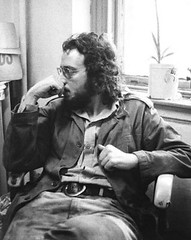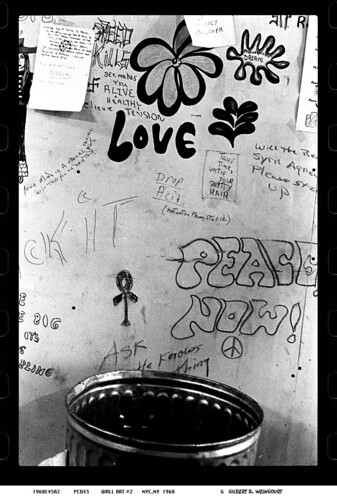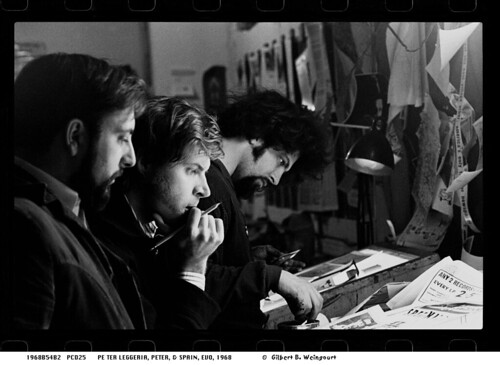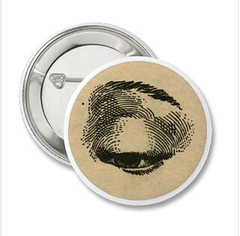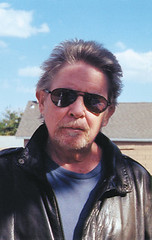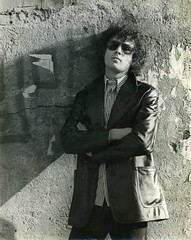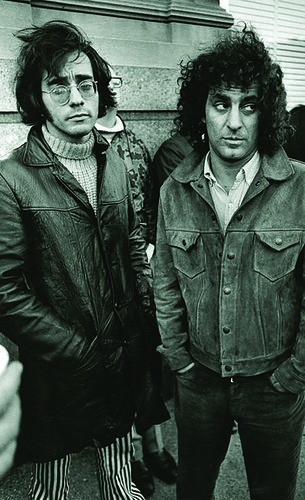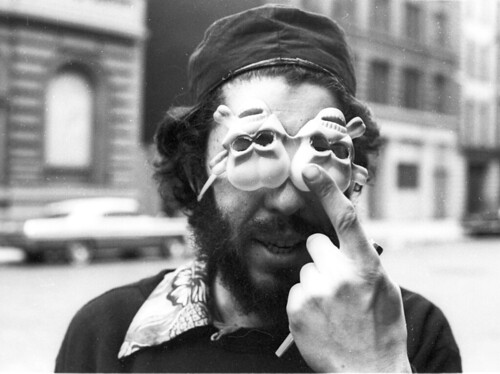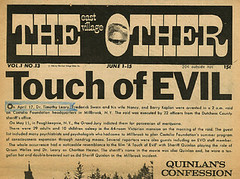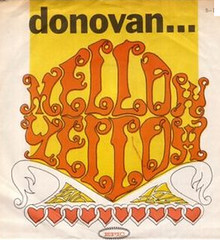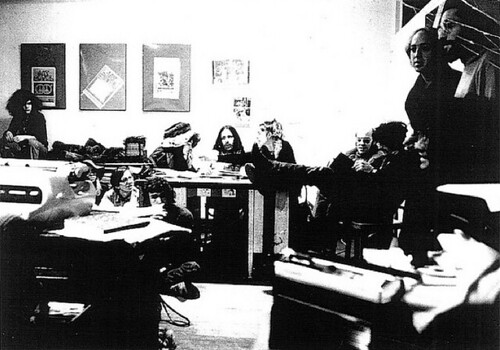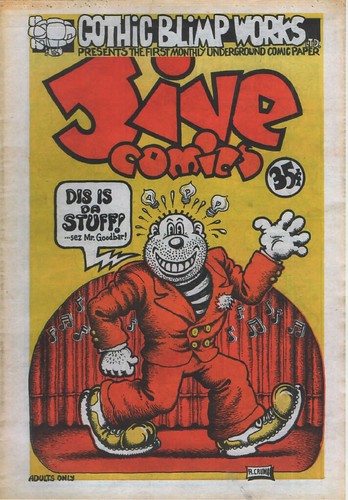Underground cartoonist Yossarian (a.k.a. Alan Shenker, Captain Stanley, Mr. Buddy) died on Jan. 14 at Beth Israel Hospital. He had a rare cardio-pulmonary condition known as pulmonary arterial hypertension (PAH). “Only about 900 cases of PAH are diagnosed in the US each year,” he had told me. “So the pharmaceutical company, specialty pharmacy, and pulmonary clinic all treat you as a big fish that they’ve caught and don’t intend to let go. This means they are highly motivated to keep you going, but it’s an all encompassing program that feels sometimes like joining Scientology.”
A few years ago a PAH sufferer had only about a 15 percent chance of survival for five years, and it amused Yossarian that the drug they used then was Sildenafil—Viagra. “It was PAH patients taking sildenafil having erections that caused Viagra to be prescribed for erectile dysfunction.”
Yossarian was switched to a new drug, Tracleer, which raised the survival rate to 64 percent. But it too had side effects. Although it was keeping him alive, it also made him feel awful most of the time. His head was constantly swimming from the drug’s effects. When he got a pacemaker last summer, he had to stop taking Tracleer and things seemed to go downhill from there.
He wasn’t complaining, though. “Too many people we knew didn’t get to live in my state of disrepair,” he wrote in an e-mail.
Yossarian lived on St. Marks Place for the last 35 years, and before that on Second Street, between B and C, for several years. An audacious and sharp-witted cartoonist for the East Village Other (EVO), New York Ace, Screw and many other underground papers in the late ’60s and ’70s, he had stopped drawing several years ago—but he was writing. He wrote a piece last year about One-Legged Terry for The Local in honor of the East Village Other (EVO) exhibit at NYU. Read more…



